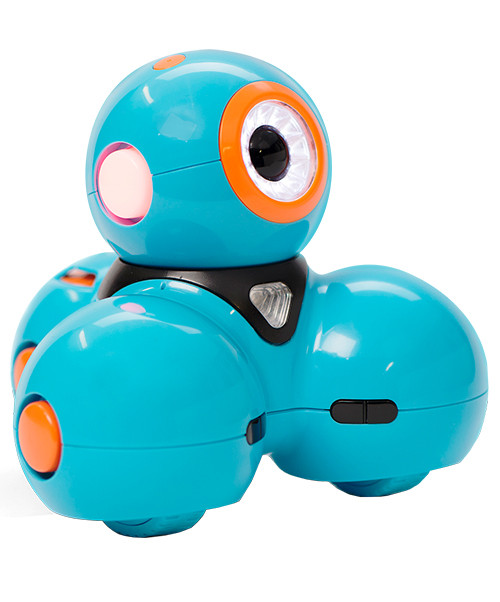Computer science is going through a major transition in schools across the country as it becomes a required course for students to graduate, and it’s not just for high schoolers, either. Even middle and elementary classes are learning the basics. This is new territory for many teachers and can feel intimidating to get started. Thankfully, there’s an easy way for students (and teachers!) to learn: block coding.
What is Block Coding?
Block coding uses visual blocks to code, rather than English letters and symbols. This makes it easy for students to get started, even before they can read! This is also great for ESL students who may still be learning the spelling and grammar rules of English, or students who’s reading scores are behind their same-age peers. They can still learn to code while also learning the English language. As students begin to master English and coding concepts, they can progress to syntax coding for more detailed projects.
Examples of Block Coding
Scratch
Scratch is one of the most well-known coding programs. It’s great for educators because it was specifically designed for students aged 8 to 16. In Scratch, students will need to think outside the box and get creative with their solutions. This gets them using their intelligence, artistic abilities, creative thinking, and ability to be persistent and focused.
The Edison programmable robot can grow with your students from ages 8-12, using EdBlocks icon-based robot programming language, ages 10 and up with EdScratch visual programming language based on Scratch, and ages 13 and up with EdPy text-based programming language.
Ozobot
Combining the digital and physical is especially helpful for younger students to understand how what they code on the screen affects real-life objects. With Ozobots, you code on the computer with OzoBlockly, to make your physical Ozobot robot complete various tasks. Ozobot coding is a fun and interactive way for students to get started.
Ozobot offers the desk-friendly sized Evo robot for all ages, along with the OzoGoes line of exploration packs. With these packs, students learn about many different STEAM concepts including astronomy, physics, and engineering skills. The included educational activities encourage problem-solving, critical thinking, and collaboration through NGSS-aligned lessons.
Wonder Workshop
Another great physical and digital combination is Wonder Workshop’s Dash and Dot robots. These robots can be coded to perform various actions using Blockly on the computer. This helps students understand the connection between what they type and how the robot reacts.
The entire Wonder Workshop line is a great choice for teaching kids to code using robots.. It meets CSTA, ISTE-S, and Common Core State Standards, and with apps for every age group from 6 and up, it’s an investment you’ll benefit from for years. Several curriculum packs are available; review this guide to find the best one for your school.
Get Started with Block Coding in Your Classroom!
Block coding is a great way to introduce basic computer science concepts to young students and ESL students or students that are behind their peers in reading and language skills. Many of these robotics and coding kits are available at Midwest Technology Products. Please feel free to contact us if you have questions or need help choosing the right tools for your classroom.





